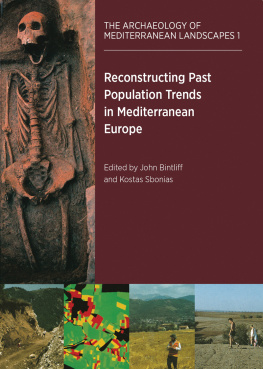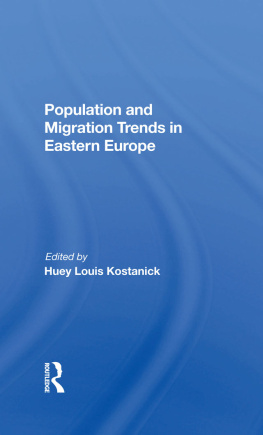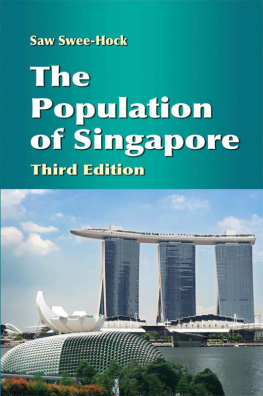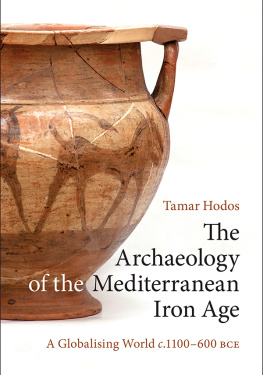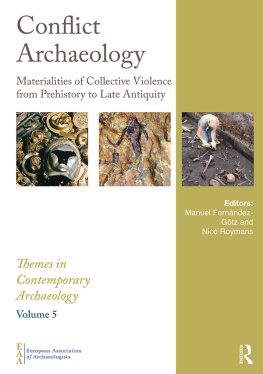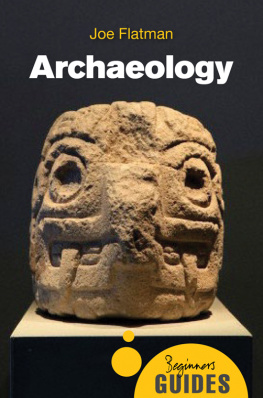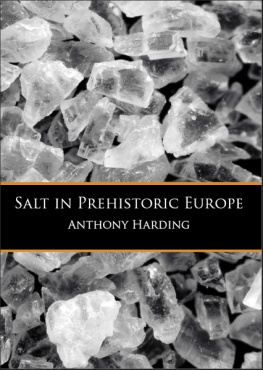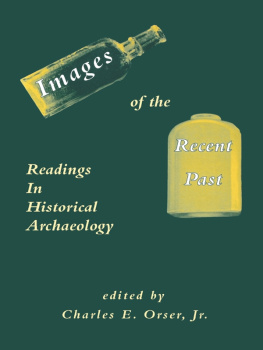
The Archaeology of Mediterranean Landscapes
Series Editors
Graeme Barker and David Mattingly
1. Reconstructing Past Population Trends in Mediterranean Europe (3000 BC AD 1800)
Edited by John Bintliff and Kostas Sbonias
2. Environmental Reconstruction in Mediterranean Landscape Archaeology
Edited by Philippe Leveau, Kevin Walsh, Frdric Trment and Graeme Barker
3. Geographical Information Systems and Landscape Archaeology
Edited by Mark Gillings, David Mattingly and Jan van Dalen
4. Non-Destructive Techniques Applied to Landscape Archaeology
Edited by Marinella Pasquinucci and Frdric Trment
5. Extracting Meaning from Ploughsoil Assemblages
Edited by Riccardo Francovich and Helen Patterson
General Editors Introduction: The POPULUS Project
Graeme Barker and David Mattingly
This is one of five volumes being published by the POPULUS project, a European research network funded by the EU Human Capital and Mobility programme (Contract ERB CHRXCT930305) to address a series of methodological issues in Mediterranean landscape archaeology.
THE RESEARCH CONTEXT
Without a long historical perspective, research on changing demographic patterns in modern day Europe can only assess the impact of recurrent or perennial environmental and socio-economic aspects by constructing hypothetical models. The more empirically-based such models are, the greater their relevance to contemporary situations. This is particularly true of the less industrialized regions of Mediterranean Europe, where farming remains the principal economic focus and where the last decades have witnessed considerable migration of population to the cities or other more favoured economic regions. The problems facing these areas of the EU have an historic as well as a contemporary dimension and there is obvious importance in seeking to gain a clearer understanding of their long-term demographic trends.
Long-term demographic changes can be studied from many different perspectives and using many techniques, including history and the natural and social sciences. Numerous factors can be advanced to explain population growth and contraction (economic, environmental, social), but all research is hampered by the absence of detailed census records for much of the pre-modern period. However, landscape archaeology a constellation of approaches and methodologies bridging the natural and social sciences, applied to both rural and urban contexts has the potential to provide a major source of new information on the longue dure of human settlement in Mediterranean Europe. In recent years advances in field survey and excavation techniques, air photography, remote sensing, GIS (Geographical Information Systems), ceramic provenancing and dating have led to the accumulation of a wealth of new evidence on past settlement patterns. Potentially, therefore, the techniques of landscape archaeology offer the best opportunity significantly to advance our knowledge of European human demography in pre-industrial times, c. 3000 BCAD 1800.
Despite this potential contribution of landscape archaeology, however, development has been uneven across Europe. In Mediterranean countries in particular, the traditional dominance of art historical approaches in archaeology, compounded by the strength of academic boundaries in other disciplines, has mitigated against the development of an approach to landscape analysis and demographic modelling that by definition demands an inter-disciplinary framework linking the natural and social sciences. Fieldwork in landscape archaeology has been the exception, not the rule. Moreover, where pioneering research has taken place, each team has tended to develop and use its own special methods (often reflecting a particular national tradition of archaeological research), with too little attention being paid to the necessity of achieving greater standardization of data sets. There are also specific problems relating to the interpretation of the status, size and length of occupation of the many sites that have been discovered. Scientific techniques can assist in refining the data so that more reliable demographic assessments can be made, but many interesting and important projects have not been able to make use of the full range of scientific techniques because the appropriate expertise is not available at the regional level. If landscape archaeology is to realize its potential to contribute significantly to debates on long-term demographic trends in Mediterranean Europe, it has to overcome the present lack of agreement on approaches and methods that makes meaningful comparisons between regional data difficult or impossible.
THE POPULUS OBJECTIVES
The aim of the POPULUS project, therefore, was to investigate the feasibility of establishing a common series of research goals and standards in Mediterranean landscape archaeology so as to advance the study of the ancient demography of the region on a broad comparative front. A research network was established at five EU universities, each hosting a Working Party and training a trans-national Research Fellow in a specific sub-discipline within Landscape Archaeology, as follows:
Prof Graeme Barker (School of Archaeological Studies, University of Leicester, UK) coordinated the overall project, and his colleague Dr David Mattingly co-ordinated the work of Working Party 1, and the training of the Research Fellow, in Geographical Information Systems ;
Dr John Bintliff (Department of Archaeology, University of Durham, UK) coordinated the work of Working Party 2, and the training of the Research Fellow, in Demographic Modelling ;
Prof Philippe Leveau (Centre Camille Julian, Universit de Provence, France) coordinated the work of Working Party 3, and the training of the Research Fellow, in Geoarchaeology ;
Prof Riccardo Francovich (Dipartimento di Archeologia e Storia delle Arti, Universit degli Studi di Siena, Italy) coordinated the work of Working Party 4, and the training of the Research Fellow, in Field-survey Methodologies , with particular emphasis on ceramic recording, provenancing and dating;
Prof Marinella Pasquinucci (Dipartimento di Scienze Storiche del Mondo Antico, Universit degli Studi di Pisa, Italy) coordinated the work of Working Party 5, and the training of the Research Fellow, in Remote Sensing , with particular emphasis on non-invasive techniques of archaeological survey.
The Working Parties were to bring together relevant expertise to define key issues in the methodologies of their research area, with a particular emphasis on the comparison of different research traditions and methods in different European countries. Each Working Party was to organise a Colloquium that would review methodologies and demonstrate best practice. The Research Fellows were to assist in the organisation of the Colloquia, and also to undertake research within their area of expertise and present their results to the relevant Colloquium. In addition, the Research Fellows and other members of the network were to collaborate in a programme of joint fieldwork to demonstrate the practical integration of improved and standardised methodologies in landscape archaeology. The principal outcome of POPULUS was to be the publication of the five colloquia, including the results of the joint fieldwork, together with a technical manual identifying best practice.
THE WORK PROGRAMME
The project started in January 1994 with the first meeting of the Steering Committee, composed of the coordinators in each of the partner universities. The Research Fellows were appointed through 1994: Leicester in January, Durham in April, Aix-en-Provence in April, Siena from February, and Pisa from June. The Working Parties met through 1994 and 1995, and the Research Fellows training and field research were also undertaken during 1994 and 1995. In 1995 the project was expanded and strengthened with the addition of a team from the Department of Archaeology at the University of Ljubljana in Slovenia coordinated by Dr Predrag Novakovi, under a supplementary EU grant (Contract ERBCIPD940624). The Colloquia took place in the autumn of 1995 and spring of 1996, the papers being revised by their authors through 1996, and then being edited at the five universities by the local coordinators and finally at Leicester (including several that were also translated into English after the main editing) by the General Editors during 1997.
Next page
